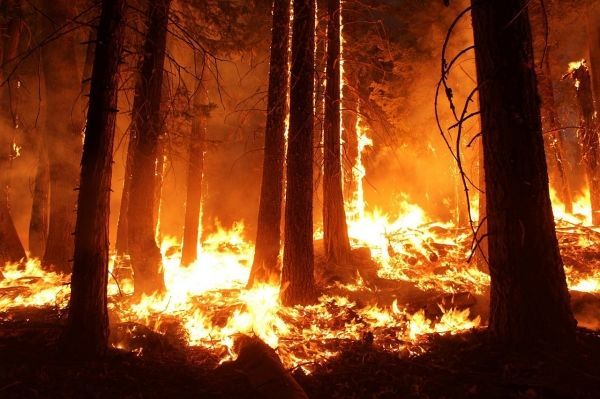In the wake of recent wildfires that have ravaged northern and central California, a new study finds that the severity of fire activity in the Sierra Nevada region has been sensitive to changes in climate over the past 1,400 years. The findings, published in Environmental Research Letters, suggest that future climate change is likely to drive increased fire activity in the Sierras.
“Our data show that climate has been the main driver of fire on a regional scale,” said Richard Vachula, a Ph.D. student in Brown University’s Department of Earth, Environmental and Planetary Sciences and the study’s lead author. “We find that warm and dry conditions promote fire, which in light of climate model predictions suggests that future fires may be more extensive than we have observed in the last century.”
Vachula’s co-authors on the study were James Russell and Yongsong Huang, both professors at Brown and research fellows in the Institute at Brown for Environment and Society.
The findings are based upon sediment cores taken from the bottom of Swamp Lake, located toward the northern edge of Yosemite National Park. As fires have burned in the region over the years, charcoal from smoke plumes falls into the lake, eventually sinking to the bottom and embedding itself in sediment. By tracking changes in charcoal content with depth, Vachula and his colleagues created a sequential record of how much area had burned around the lake over the past 1,400 years up to 2007, when the cores were taken.
Read more at Brown University


